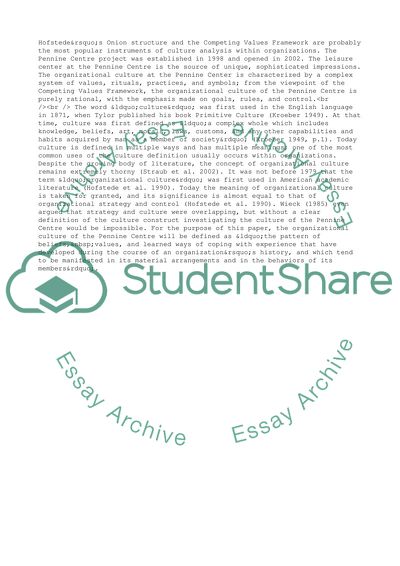Cite this document
(Organizational Culture of the Pennine Centre Case Study, n.d.)
Organizational Culture of the Pennine Centre Case Study. Retrieved from https://studentshare.org/management/1762241-organisational-culture-of-the-pennine-centre
Organizational Culture of the Pennine Centre Case Study. Retrieved from https://studentshare.org/management/1762241-organisational-culture-of-the-pennine-centre
(Organizational Culture of the Pennine Centre Case Study)
Organizational Culture of the Pennine Centre Case Study. https://studentshare.org/management/1762241-organisational-culture-of-the-pennine-centre.
Organizational Culture of the Pennine Centre Case Study. https://studentshare.org/management/1762241-organisational-culture-of-the-pennine-centre.
“Organizational Culture of the Pennine Centre Case Study”. https://studentshare.org/management/1762241-organisational-culture-of-the-pennine-centre.


